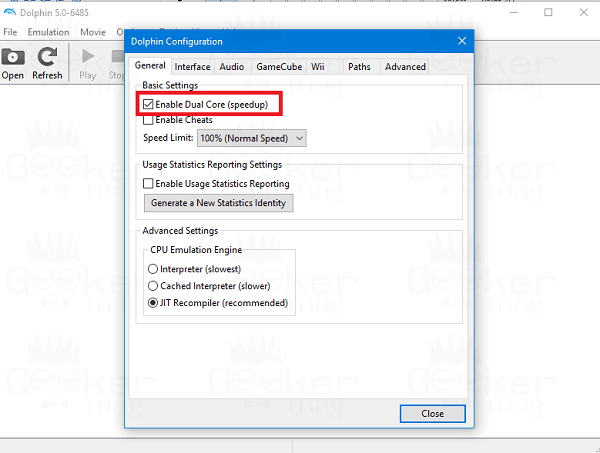


The main bottleneck for emulating their GPUs comes from Dolphin having to flush the pipeline cache in situations when Flipper and Hollywood's GPUs didn't! They were extremely robust and could handle tons of state changes without flushing. It features a 243MHz Fixed-Function GPU (Hollywood) compared to a nearly identical except clockrate 162MHz GPU (Flipper.) Much like with the processor, the Wii's GPU is a supercharged version of what was in the GameCube. Overall though, the Wii's stronger processor doesn't do much to make emulation harder.

Ambitious developers could get everything and more out of the Wii that they could out of the GameCube. That is not to say that a Wii game can't be more demanding than a GameCube games, though. On that note, many Wii games actually are easier on Dolphin thanks to the processor being stronger. On the other hand, once the Wii was released and developers had a little more breathing room, a lot of those tricks suddenly stopped happening! Most of the power went toward more math calculations which map incredibly well to Dolphin's JIT. Plenty of GameCube games have some pretty creative solutions that rely on rather obscure behaviors of the processor which are more expensive to emulate. The GameCube's slower processor may have proven to be a bottleneck for many developers. That pegs the Wii processor at roughly 67% more powerful than the GameCube! That means that Dolphin's CPU thread should be much more stressed out by Wii games, right? Not necessarily, in fact the Wii's extra power can actually play out in Dolphin's favor! The biggest difference between the two is that the GameCube's Gekko PowerPC Processor, a modified PPC750CXe, is only 486MHz while the Wii Broadway Power PC Processor, a close to stock PPC750CL, is 729MHz. The GameCube and Wii have very similar CPUs.


 0 kommentar(er)
0 kommentar(er)
